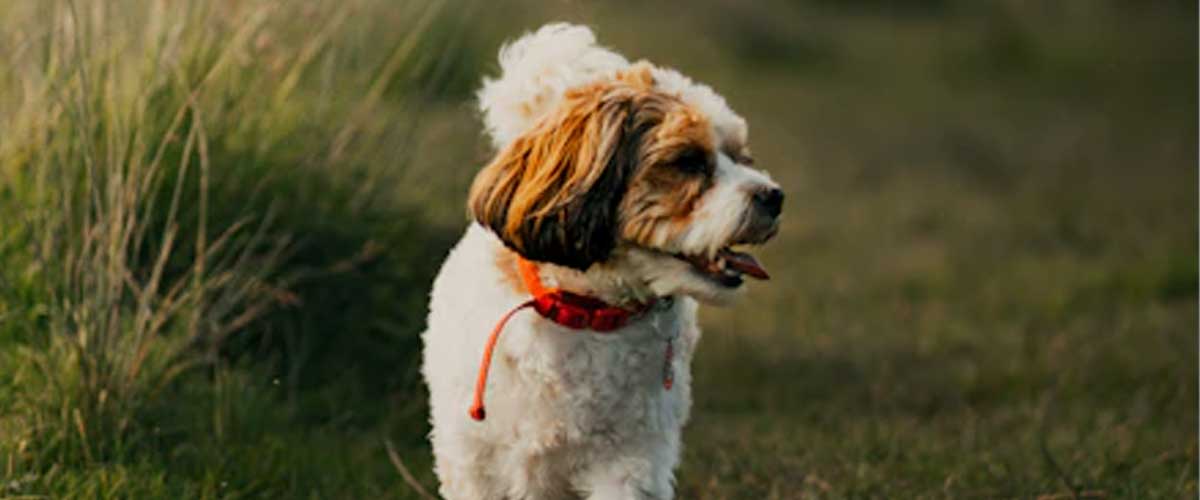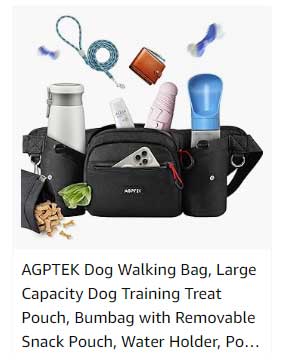Training your dog to come when called is an essential skill that enhances safety and strengthens the bond between you and your pet.
Here’s a step-by-step guide to help you teach your dog this important command.
1. Choose a Positive Environment
Start in a quiet area with minimal distractions.
This could be your home or a fenced yard where your dog feels comfortable.
2. Use High-Value Rewards
Select treats that your dog loves and finds irresistible.
This can be small pieces of chicken, cheese, or a favorite toy.
The better the reward, the more motivated your dog will be.
3. Start with Short Distances
Begin close to your dog. Kneel down to their level and call them using a consistent command like “come” or “here” in a happy, enthusiastic tone.
4. Encourage Movement
When you call your dog, you can use gestures to entice them to come to you.
You might even take a few steps back to encourage them to move towards you.
5. Reward Promptly
As soon as your dog reaches you, reward them immediately with praise and their treat.
This solidifies the positive association with coming to you.
6. Practice Regularly
Short, frequent training sessions (5-10 minutes) are more effective than long, infrequent ones.
Practice in different locations to help your dog generalize the command.
7. Gradually Increase Distance
As your dog masters the command, increase the distance between you and your dog.
Remember to keep the environment distraction-free at first and gradually introduce more distractions as your dog improves.
8. Use a Long Leash
If your dog struggles with coming when off-leash, consider using a long leash (15-30 feet).
This gives them some freedom while still allowing you to maintain control.
9. Make It a Game
Incorporate play into your training.
Run away from your dog while calling them, making it a fun chase.
Dogs are more likely to respond when they’re having fun.
10. Stay Consistent and Patient
Training takes time. Be consistent with your commands and practice regularly.
Avoid using the word “come” for negative experiences (like going to the vet), as this can create a negative association.
11. Gradual Distraction Training
Once your dog is proficient in a low-distraction environment, start practicing in places with more distractions like the park or around other dogs.
Gradually increase the difficulty as your dog improves.
12. Practice Emergency Recall
Teach your dog a special recall word (like “here” or “come”) for emergencies.
This word should always be associated with fun rewards and be used only in safe situations to ensure they respond.
13. End on a Positive Note
Always finish your training sessions on a high note.
End with a game or extra rewards, so your dog looks forward to the next training session.
14. Seek Help if Needed
If you are having consistent trouble with training, consider enlisting the help of a professional dog trainer.
They can offer tailored strategies to help with your specific situation.
Conclusion
Training your dog to come when called is not only crucial for their safety but also helps build a trusting relationship between you and your pet.
By using positive reinforcement and consistent practice, your dog will learn to respond reliably to your call.
Remember to be patient, as every dog learns at their own pace. Good luck!












